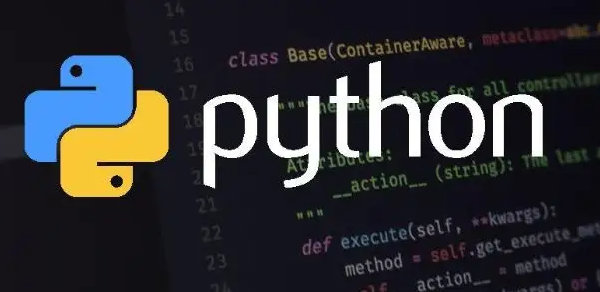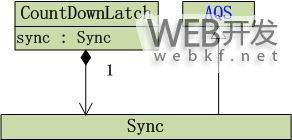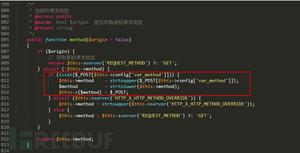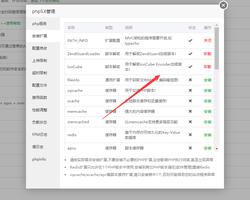Python如何生成线程

Python中有两个线程模块,分别是thread和threading,threading是thread的升级版。threading的功能更强大。
创建线程有3种方法:
1、thread模块的start_new_thread函数
2、继承自threading.Thread模块
3、用theading.Thread直接返回一个thread对象,然后运行它的start方法
方法一、thread模块的start_new_thread函数
其函数原型:
start_new_thread(function,atgs[,kwargs])
其参数含义如下:
function: 在线程中执行的函数名args:元组形式的参数列表。
kwargs: 可选参数,以字典的形式指定参数(即对一些参数进行指定初始化)
代码
import thread
def hello(id = 0, interval = 2):
for i in filter(lambda x: x % interval == 0, range(10)):
print "Thread id : %d, time is %d
" % (id, i)
if __name__ == "__main__":
#thread.start_new_thread(hello, (1,2)) 这种调用形式也是可用的
#thread.start_new_thread(hello, (2,4))
thread.start_new_thread(hello, (), {"id": 1})
thread.start_new_thread(hello, (), {"id": 2})
方法二:继承自threading.Thread模块
注意:必须重写run函数,而且想要运行应该调用start方法
import threading
class MyThread(threading.Thread):
def __init__(self, id, interval):
threading.Thread.__init__(self)
self.id = id
self.interval = interval
def run(self):
for x in filter(lambda x: x % self.interval == 0, range(10)):
print "Thread id : %d time is %d
" % (self.id, x)
if __name__ == "__main__":
t1 = MyThread(1, 2)
t2 = MyThread(2, 4)
t1.start()
t2.start()
t1.join()
t2.join()
方法三:用theading.Thread直接返回一个thread对象,然后运行它的start方法
import threading
def hello(id, times):
for i in range(times):
print "hello %s time is %d
" % (id , i)
if __name__ == "__main__":
t = threading.Thread(target=hello, args=("hawk", 5))
t.start()
以上是 Python如何生成线程 的全部内容, 来源链接: utcz.com/z/525118.html







